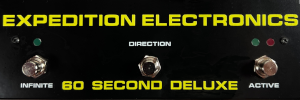Showing posts sorted by relevance for query MusicMiK. Sort by date Show all posts
Showing posts sorted by relevance for query MusicMiK. Sort by date Show all posts
Saturday, November 28, 2009
MIDItriggs clock out demonstration
YouTube via MusicMiK
"This is the demonstration of my current small project called MIDItriggs, an universal, open-source MIDI to/from trigger interface for old analog beatboxes and drum machines.
This video demonstrates the clock output feature, which is just added "because we can" :)
You can synchronize and control MIDI sequencers using the built-in sequencer of your beatbox, in the case of the Hohner Automatic Rhythm Player, this is some TTL logic with a diode matrix.
Of course, you can also send the machine trigger signals as MIDI notes, but in this video, they are filtered, just the start/stop/clock messages are sent to the RM1x.
The project will be published with source code, schematics and documentation this weekend.
The firmware is smaller than 4 kilobytes and uses less than 512 bytes of RAM, so it can be used on an ATmega48, while using an ATmega88 or larger can even give you boot loader capabilities to update the firmware over MIDI. The MIDIboot boot loader for this is already published."
Update:
MIDItriggs configuration demonstration
"Here, i show you how to update the MIDItriggs firmware if you use the MIDIboot loader in your MCU, which is an ATmega88 in my unit.
Besides this, i show you how the configuration of MIDItriggs works with just one button for the input (and MIDI events to set MIDI channel and the mappings of instruments), while for the feedback, the sound generators in the beatbox are used to give simple patterns telling you the current state of the configuration items.
The source code, schematics and documentation are public now, you can find everything about the project here: http://www.mik-music.org/MIDItriggs
Soon, a new version with completed documentation and PCB layout will follow, the project will grow as i find other units i can attach this nice toy to. The hardware might need changes for some other units, like the Roland CR-78, which also would be an interesting candidate for this, i just don't have one currently, so this has to wait a bit."
Sunday, August 09, 2009
ARP 2600 restoration
YouTube via MusicMiK
"Another small video series. This is the first part of my efforts to restore an ARP 2600 for a friend. It shows the unit immediately after the friend dropped it at my place, showing all the problems it has.
This video handles repair of the electronics, especially my way to fix faders and potentiometers with isopropanol and vaseline, which was quite successful up to now and much less aggressive than the classic contact sprays, which tend to just give a short-time effect.
2 more videos will follow showing the results of those efforts."
ARP 2600 first tests
"The second part of the ARP 2600 restoration video series.
This video shows the result of the fader cleaning. Besides this, i replaced all the tantalum capacitors, also washed the jacks with the isopropanol spray, while one jack even needed disassembly to clean the contact spring, as the switch function didn't work reliably.
I also cleaned the enclosure and the knobs.
See the repair photos here:
http://www.mik-music.org/gallery3
(The last page holds some photos of a mod i did a while ago and doesn't belong to this restoration)"
Sunday, June 08, 2008
MonoMiK ladder VCF module test
YouTube via MusicMiK. You can find prior videos here.
"After you have seen the breadboarding videos of the two ladder filters, you can now see the final test of the assembled filter module with both filters in direct comparison.
Higher quality audio track and more about this here:
http://www.mik-music.org/tiki/tiki-vi..."
Sunday, July 05, 2009
No-longer-accidental Polysynth
YouTube via MusicMiK. follow-up to this post. Be sure to see the second vid below.
"Day #2 of this. Another 4 hours or so. Cleaning up the breadboard with immediately creating new chaos on the clean surface. But now, i can put everything of the voice onto it.
The goal is to have the complete synth, reduced to 1 voice, but the rest as in the 8-voice version, on the breadboard before soldering everything together. This is how development is done most efficiently, in my eyes. It's just a bit complicated to get everything on a breadboard, if the circuits get a bit more complicated.
Anyway - i hope, you like it, the project now has a name - PolyMiK (even if the MonoMiK and the MiK-one still are incomplete :), and i'm looking forward to get good progress in this thing."
PolyMiK breadboard sound demo
"Okay. Added the ring modulator and the OTAs for feedback (resonance) and the VCA.
Things to do - some tricks for offset handling of the multiplexed exponential converter, will give a bunch of trimpots i think.
Need to make sure that i have enough buffer caps for the power, as i have some sync effects i don't want, but all in all, the result is quite okay for less than 12 hours i spent up to now.
More to follow the next weekends.
By the way - in the last video, i forgot the filter capacitors. Thanks to all those stray capacitance of a breadboad, it worked anyway :)"
Sunday, April 26, 2009
Korg Trident filter adjustment part 1
YouTube via MusicMiK
"Today, i'm calibrating the filters of a Korg Trident Mk1. It was a bit difficult to find out what the pots are for and to thing about a useful procedure of the calibration, but finally, the unit is well-tuned again.
All this took about 3 hours for the calibration and 1 hour to find out the purpose of the pots by measurements and trial-and-error.
I hope you can use it as some orientation if you want to do this joy also.
This is a 2-part video, make sure you see both parts."
Korg Trident filter adjustment part 2
Thursday, February 26, 2009
Building a phaser part 1
YouTube via MusicMiK. follow-up to this post.
"This is a simple project - i will build a clone of the Small Stone phaser as a floor effects unit with some modifications to add some more control over the sound.
Dur to the simplicity of this project, i decided to document all steps, starting with making the PCB for it, ending with the tests. So not all videos appear at once, but i think this should happen within 3 weeks or so. Make sure to come back and see if new parts appeared with the time.
This is part 1 showing all the steps up to a PCB ready to be etched."
Sunday, August 23, 2009
Summer Evening
YouTube via MusicMiK
"After my studio collected dust for the last months, i took the opportunity during the 2nd Annual International Day of the Synthesizer Freak event on Facebook to fire it up and play around a bit with the machines.
In fact, not much synthesizer fiddling happened, but i created a little track, and as i used my first DIY synth for the brass lead, i made this video showing all the photos taken during development of this synth.
It's a nice slideshow where you can see the changes in the development equipment and the studio during the development and build of the MiK-one. And i hope you like the music also a bit :)
The nature sounds (thunder, rain, crickets) were sampled with the voice recorder of the iPhone with the built-in microphone. Those samples don't have any EQing or so, so you hear the original sound quality of this device. Quite okay for a mobile phone."
Saturday, August 28, 2010
Vermona ER-9 first test
YouTube via MusicMiK | August 28, 2010
"I recently got this ER-9 from an internet auction as broken - a resistor and a capacitor were fried according to the seller.
The schematics don't include the power supply, so if anyone also worked on this unit, could you please tell me the value of the resistor between the +12V and the +5V outputs? 82 Ohms seem to be a bit small, as the power transistor and resistor produce a lot of heat, 100 Ohms seem to be a bit too large as the 5V drops with this...
Besides the power supply, all D126D (7426) had some broken outputs each, so i replaced all of them. 2 Trimpots had some mechanical damage, besides this, the electronics were okay, just the electromechanical parts (start switch, volume knob, lamps) need some more work.
This machine has an interesting sound, i especially like the snare drum. There are lots of trimpots in the unit to tweak the sound and i don't have the adjustment documentation yet, so what you hear doesn't necessarily reflect the original sound of this machine, it's just what i adjusted."
Monday, April 20, 2009
Small Stone phaser clone build
YouTube via MusicMiK. Note parts 1-6 previously went up here.
Part 7 has been added and is the last video in this series.
Friday, September 11, 2009
Elka Synthex ring modulator oddities
YouTube via MusicMiK. follow-up to this post.
"Seen as a repair, this was a failure. But i think, it could be of interest anyway.
Now this happens if you try to repair phantom problems. If you use both ring modulators on the Synthex, especially in conjunction with oscillator synchronization, you can get very strange sounds that sound like a defect of a voice. This is strengthened by the fact that when playing through the notes, it likes to happen on the same voice(s) all the time.
I measured around in the voice boards for hours and looked for differences between 2 voices, the only assumption was that the analog control of the 4070s used for waveform inversion are the problem - aging might lead to the problems. And i also suspected such aging factors in some analog switches. Couldn't prove this by measurement, so i could just replace all chips in doubt.
Fascinating enough, the problem was nearly gone after this - same test procedure. So i did the replacement in 2 other voices. But the next test procedure showed the same defects on one of the repaired voices. Evil stuff. Diving deeper into this just led me to the conclusion that this is the little bit of analog behaviour in the digital oscillators of the Synthex. It's not a bug, it's a feature.
Don't try to repair this. There is nothing to repair. And if you already did - don't take it too serious. I wasted a lot of time on this, but not everything in life, and especially in electronics DIY, can lead to success.
At least i hope you have some fun with the strange behaviour with this special sound configuration.
If you have a Synthex, please try around with this and tell me the results - as comments on this video or so. Would be interesting if this is reproducible on other units also."
Sunday, February 22, 2009
Small Stone phaser clone test
YouTube via MusicMiK
"A friend told me he needs a Small Stone phaser after once again hearing it in Jarre's Oxygene album. And i found the schematics of the old 1975 version in the web. So i tried it on the breadboard and liked it. Besides this, i was looking for some simple circuit to practice making PCBs, and i even had a lot of those hard to get CA3094s around. So i decided to use this as a first test project to practice the whole procedure of the CAE steps, PCB exposure/etching, drilling the holes, assembling it with SMD resistors. And it worked like a charm. All in all i made 2 of those phaser boards in about 12 hours.
More on this will go here: http://www.mik-music.org/Small+Stone+..."
Note the Sequential Circuits Multi-Trak and KORG Poly-61.
Sunday, August 30, 2009
ARP 2600 restoration completed
YouTube via MusicMiK. follow-up to this post
"The last part of the ARP 2600 restoration video series.
Fixing the keyboard was the harder part of this restoration, i completely took it apart, cleaned everything, removed some rust, replaced the bushings and adjusted everything. Works quite fine now.
What you don't see in the video - i added a small circuit as a CV/Gate interface, which emulates the keyboard, so you can still use the portamento on your CV input and the trigger behaviour is exactly the same as with the original keyboard. This interface accepts TTL gate signals, so no problem with the 15V, you usually need on the ARP 2600. Schematics and layout will be published on mik-music.org after some minor corrections.
The whole restoration took about 50 hours of work and i really wouldn't do it again - except on my own 2600, if i ever get one :) Sure, it could have been done faster, but the motivation for this was curiosity and the challenge to get this done as good as possible :)"
Tuesday, December 30, 2008
MonoMiK Demo 1 Part 1
YouTube via MusicMiK
Welcome to a more complete demonstration of my current DIY synthesizer project, the MonoMiK. I needed a bit more to carefully test the latest module, which consists of the waveform selectors and the sub oscillators for the VCOs. The setup uses one VCO module (2 VCOs), the new VCO mixer module (waveform mixer and sub oscillator per VCO), the ladder filter module (only transistor ladder used in the video) and the envelope modules.
MonoMiK Demo 1 Part 2
click here and scroll for more videos by MonoMiK previously posted here on MATRIXSYNTH.
Saturday, March 13, 2010
MonoMiK VCO config GUI prototype
YouTube via MusicMiK. Click here for all videos in the series.
"This is the first prototype version of one of the configuration screens for the MonoMiK. You see the VCO configuration, where you can select one or more of the 6 basic waveforms, which are mixed on the output, select the sub oscillators of VCO1/2, the noise mode (icons not yet designed), the ring modulator mode (icons also not yet designed) and the sync/pitch tracking settings.
Besides sync on/off, you can also select the sync source, which doesn't just handle sync between VCOs, but also sync to external sources, noise, the ring modulator and a digital signal from the CPU, if i get this implemented with the performance i have.
Synchronization can be configured to trigger when the source is less than or more than a specific signal voltage level, while the level can also be configured in those screens.
The touch screen driver is not yet optimized, usability with finger input might get improved, and there are lots of other screens to be implemented. This is just a small peek at how everything might look when completed.
The whole GUI and hardware drivers are written in C++ and runs on an ATmega168 clocked with the internal 8MHz oscillator currently."
Friday, December 14, 2007
Breadboarding Filters - reloaded
Thursday, January 08, 2009
MusicMiK Site Updates
You might remember MonoMiK from these posts. MiK wrote in to let me know he has found a new host and made updates to his site which will include info on the MonoMiK as well as his other projects. You might also remember him from this how to repair a KORG Poly-61 post.
"after taking down my website a while ago, i found a new hoster this year and took the opportunity to give the site a whole face-lift. During this, i also rewrote the articles about the Poly-61 repair. I sent you the link to the old pages a year ago:
http://matrixsynth.blogspot.com/2008/01/how-to-repair-poly-61.html
I fixed the bad structure of the old document and added some minor information about the inner workings of the Poly-61, besides this, more repair stories will appear as time allows. All the other things can also be found there, like more information about the MonoMiK including the blog about the development: http://www.mik-music.org/MonoMiK"
"after taking down my website a while ago, i found a new hoster this year and took the opportunity to give the site a whole face-lift. During this, i also rewrote the articles about the Poly-61 repair. I sent you the link to the old pages a year ago:
http://matrixsynth.blogspot.com/2008/01/how-to-repair-poly-61.html
I fixed the bad structure of the old document and added some minor information about the inner workings of the Poly-61, besides this, more repair stories will appear as time allows. All the other things can also be found there, like more information about the MonoMiK including the blog about the development: http://www.mik-music.org/MonoMiK"
Saturday, July 04, 2009
Accidental Polysynth
YouTube via MusicMiK
"Today, i played around a bit with the impressively simple VCO design of the Korg Trident. Analyzing some of its behaviour and adding sync between 2 of them with just one diode, i decided to add a 24db low pass filter also, which is inspired by the AAC Tiracon 6V filter.
By this, i sort of accidentally created a nearly complete and very simple synthesizer voice. Everything is linear controlled, but for a polysynth, i could use a multiplexed exponential converter like Korg did in the 80s.
Adding some analog switches, noise, maybe sub oscillators, this will give a very simple polysynth i think.
I will continue on this and i'm planning to make it an open source/hardware project for everyone interested in it."
Saturday, May 31, 2008
MonoMiK DIY synth mechanics
YouTube via MusicMiK. You can find more previously posted here.
"Building a DIY synthesizer not just involves all this interesting electronics, there is also a lot of mechanics to do. As i want to create a lot of documentation for the current project, the MonoMiK, i had the camera running during my 6 hours of mechanics work today and created a video from it.
This is most of the inner frame holding the modules later and giving the synthesizer stability and some sort of electric shield."
Monday, January 04, 2010
MIDI retrofit for CR-78 Part 6
YouTube via MusicMiK. follow-up to this post.
"This part shows the tight timing i built into the MIDItriggs for the CR-78, while this machine is not the easiest to handle for perfect MIDI sync. There still is one clock offset when recording the internal sequencer data of the CR-78 via MIDI, but this feature might not so interesting anyway.
The write switch is also shown in this video, which has a perfect timing, as long as you don't start in measure 1 of your MIDI sequencer software, this makes trouble due to the startup time of the CR-78. The patterns are 2 measures long, so just use 2 empty measures, then the notes for the write switch.
I found the problem of the strange doubling sound - it was due to "any note" triggering the write switch, so the selected instrument got triggered twice. This is fixed now, it now uses "any unassigned note" for the write switch. This simplifies recording:
BD in measure 3-5, HH in measure 7-9, SD in measure 11-13, Accent in measure 15-17, all as recorded, transposed 12 semitones down (to hit unassigned notes), record off (to not send back triggers received from the CR-78), start, instrument selector to BD, wait until measure 6, instrument selector to HH, wait until 10, select SD, wait until 14, select Accent, wait until 18, stop, done, whole rhythm in the programmable area.
Maybe i create another video about this.
All features seem to work fine now, i will now update the documentation and publish MIDItriggs version 1.0 on http://www.mik-music.org/MIDItriggs today or tomorrow. Ready-to-go for your CR-78 :)
Please keep in mind that i don't have the time to build kits for you or implement more features you might like to see. This project is open source, so you can fit it to your needs on your own. I likely ignore questions about it that are answered in the documentation or source code."
BeatBoxBattle CR-78 versus RM1x
"During the final testing of the MIDItriggs retrofit for the CR-78, i played around with sync in both directions and thought, it is funny enough to create a video. I hope, you like it.
Make your own MIDItriggs for the CR-78 with this: http://www.mik-music.org/MIDItriggs"
Wednesday, September 16, 2009
Hohner Automatic Rhythm Player goes MIDI
YouTube via MusicMiK
"Started to fix my Hohner Automatic Rhythm Player i got a while ago. All the PCB retainers fouled away to an undefined strange soft chewing-gum like matter, so they need replacement in the near future. Currently, i added some provisoric stuff to keep the boards in place and make the box usable.
During the repair (that this video should handle), i decided to add MIDI to it, so this video now is the story about developing and making a small MIDI retrofit for this nice machine.
It currently works in a very primitive way - after investing just about one day of work into it. The firmware will be enhanced to add the following features:
- Using the configuration button to enable a learn mode to set the MIDI channel and assign instruments to the MIDI notes (while multiple notes can trigger the same instrument) and set other things. Input devices are MIDI note events and the green button i added at the rear, output devices are the instruments to give some feedback by playing sounds.
- Implement the blocking of MIDI triggering when the internal sequencer runs, even if the hardware doesn't care about concurrent triggering, nothing can be damaged due to the diode matrix and my way of triggering the instruments being friendly to each other.
- Implement MIDI out for the internal diode matrix sequencer, including MIDI clock and start/stop, which should be possible with the current hardware. MIDI note assignment also takes place in the configuration then. Not too useful, just "because we can" :) The output might also be available as software MIDI thru, using filtering.
- Maybe add some means of accentuation, which this machine is currently missing, but i have some port pins available which should make this possible.
Another useful modification would be separate outputs for all instruments, i'm thinking about this but will do this a bit later. First, the unit needs some restoration after this quick idea of the MIDI input. With this, it really makes some serious sense in the studio as i no longer need to use the preset rhythms."
PREVIOUS PAGE
NEXT PAGE
HOME
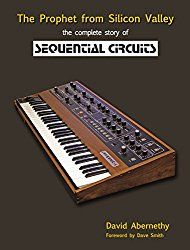



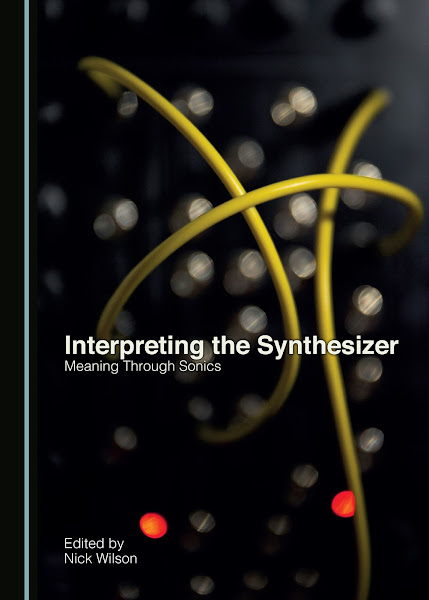
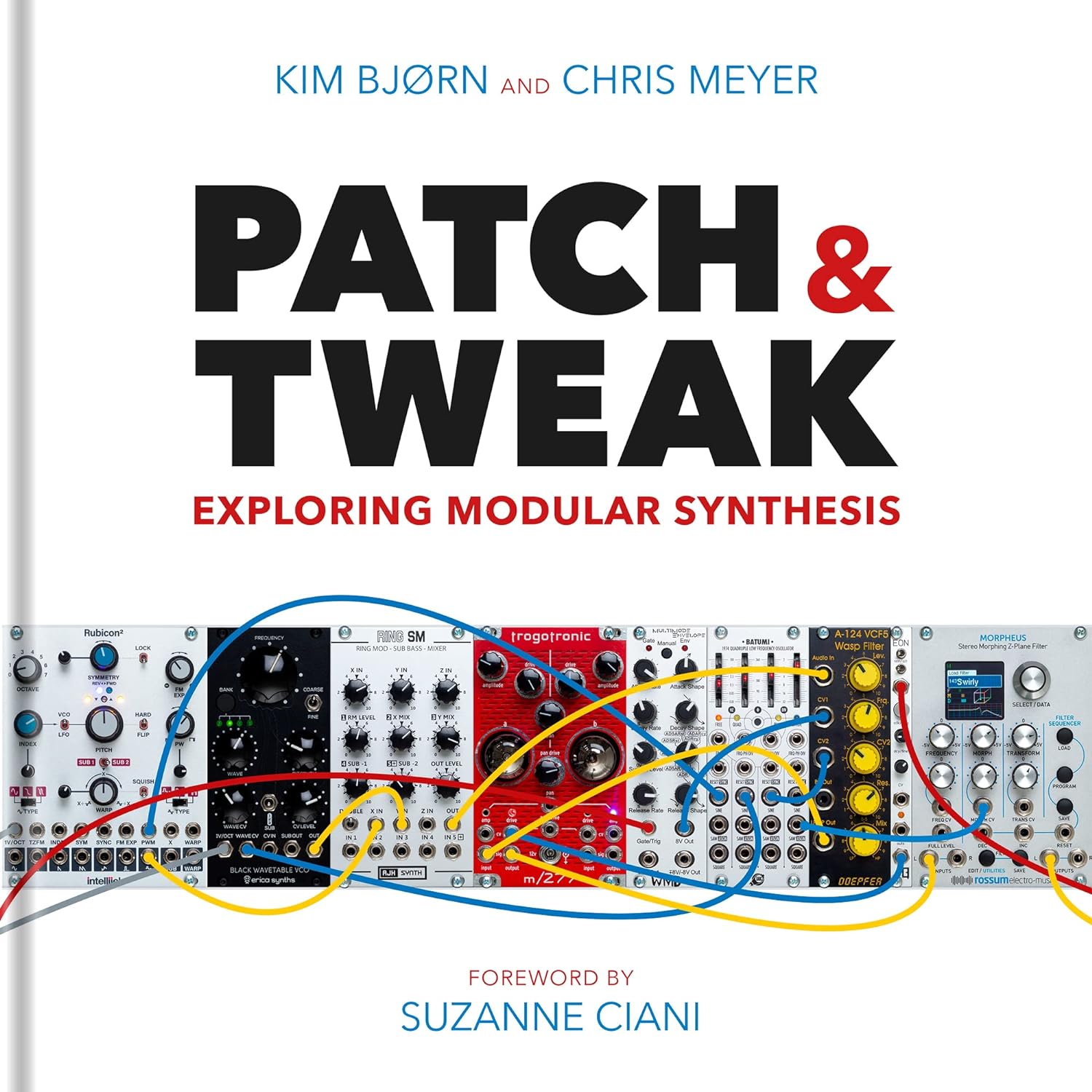

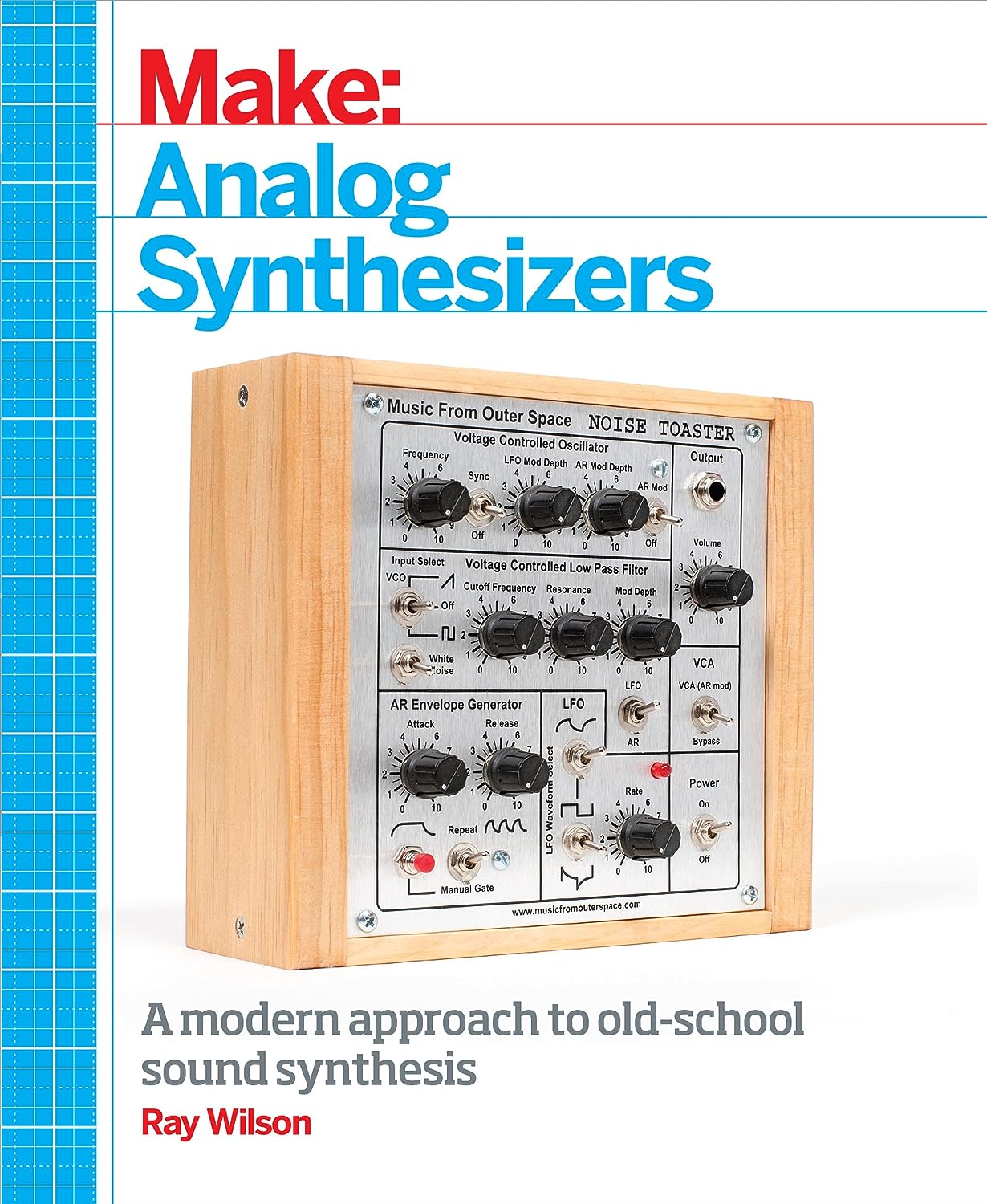

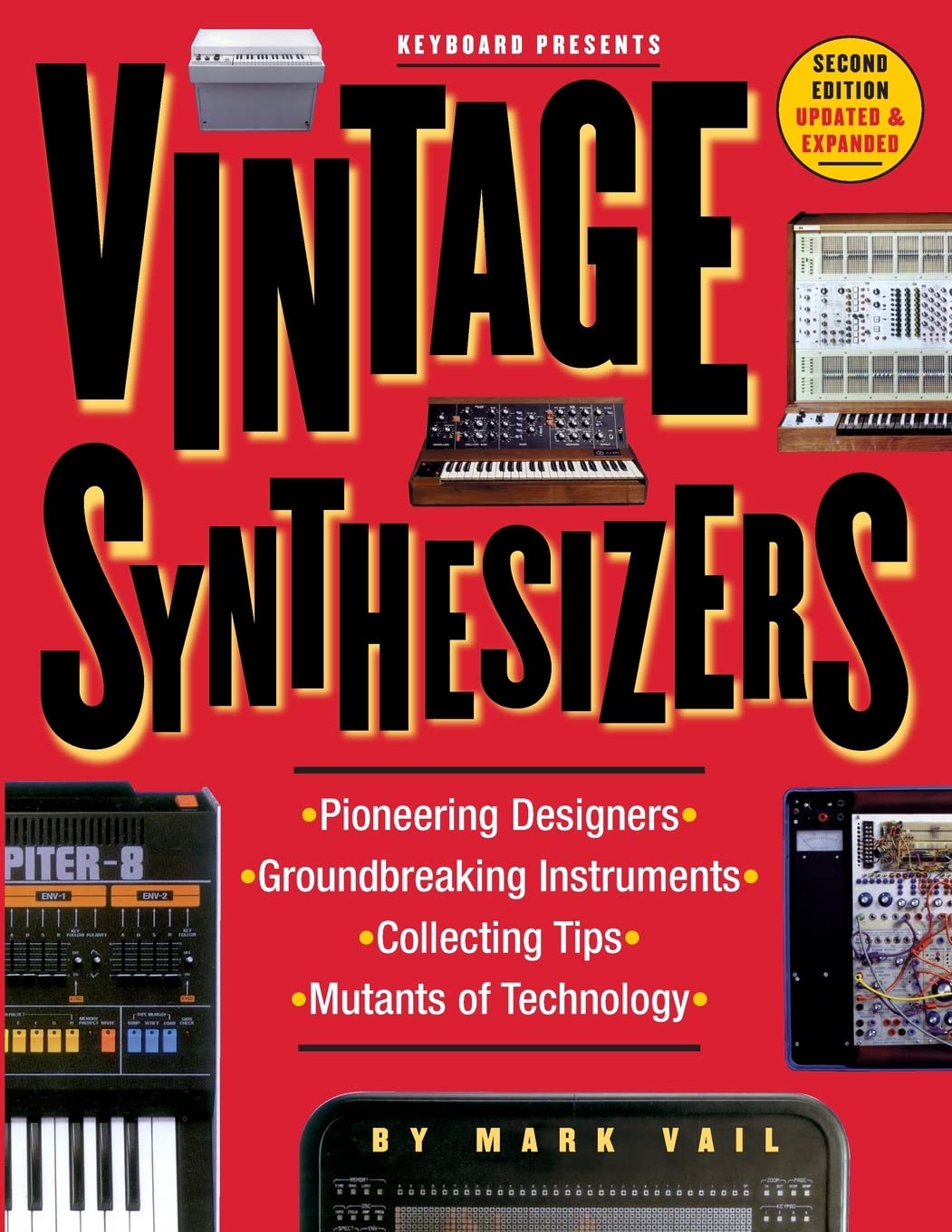
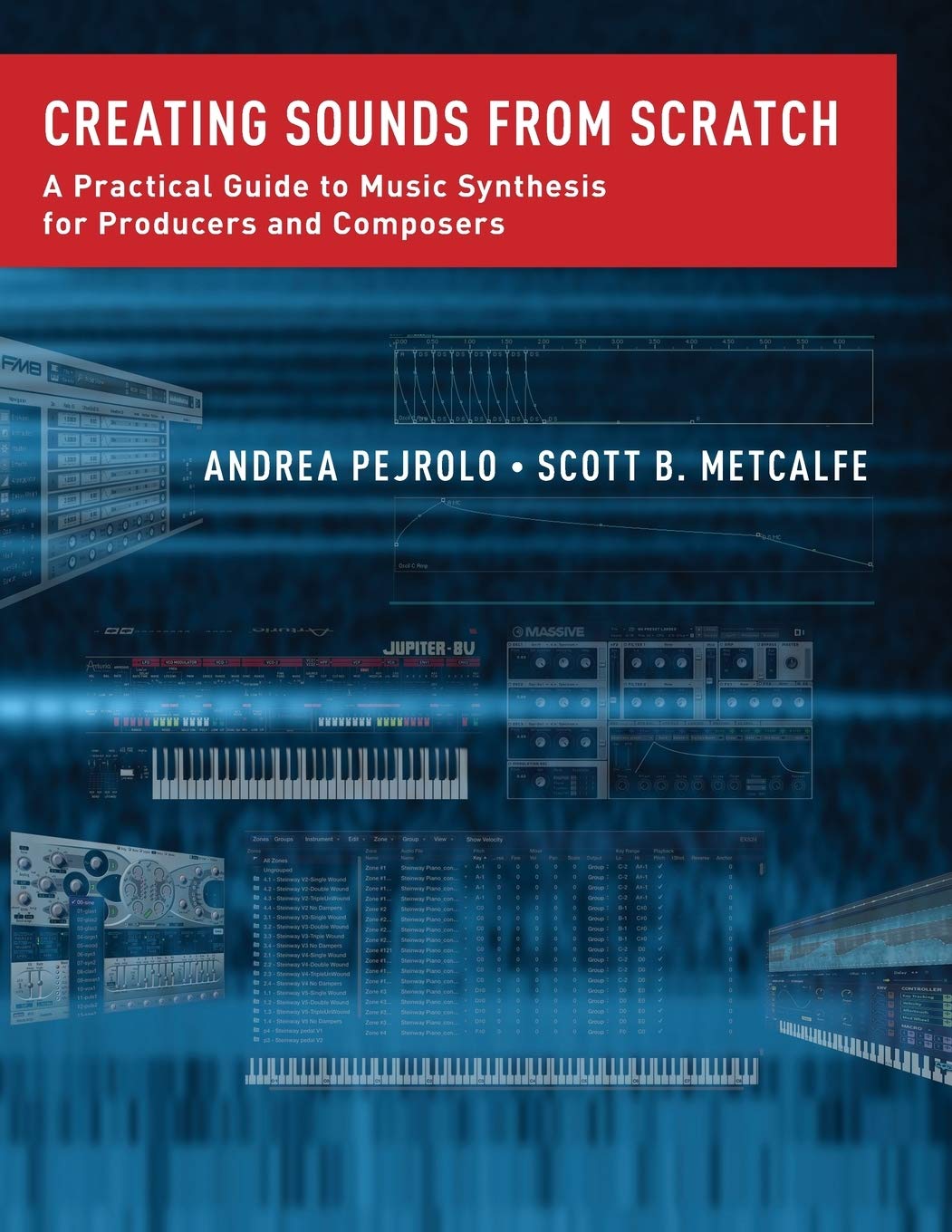
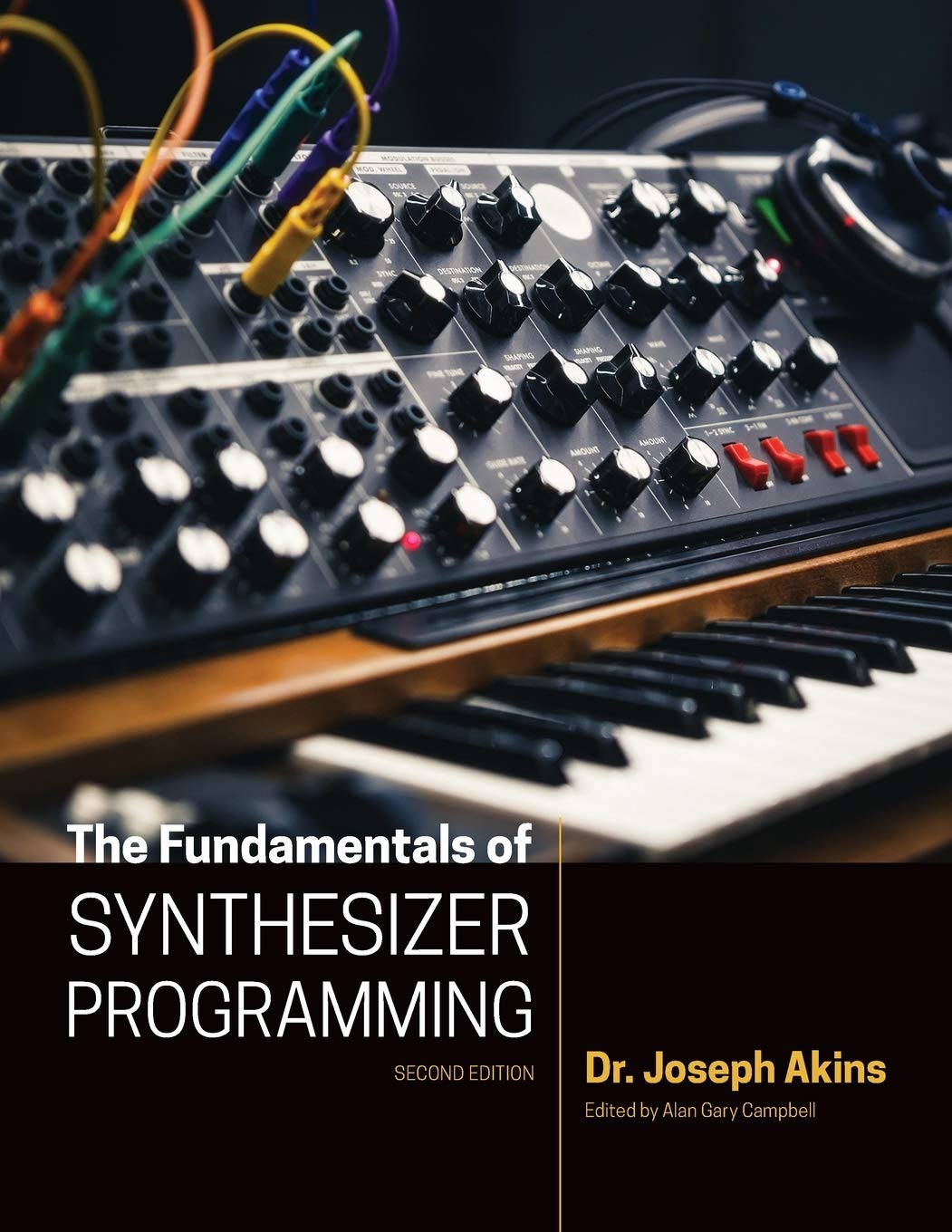

© Matrixsynth - All posts are presented here for informative, historical and educative purposes as applicable within fair use.
MATRIXSYNTH is supported by affiliate links that use cookies to track clickthroughs and sales. See the privacy policy for details.
MATRIXSYNTH - EVERYTHING SYNTH













© Matrixsynth - All posts are presented here for informative, historical and educative purposes as applicable within fair use.
MATRIXSYNTH is supported by affiliate links that use cookies to track clickthroughs and sales. See the privacy policy for details.
MATRIXSYNTH - EVERYTHING SYNTH















